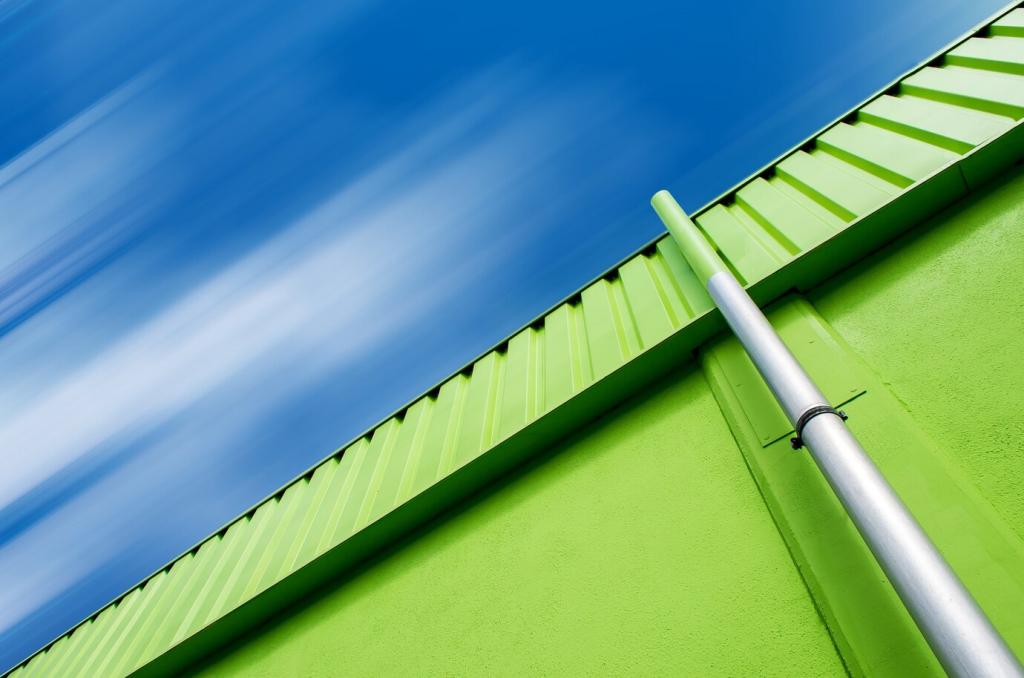
Choosing the Right Roofing Materials
Selecting the proper roofing materials is a crucial decision for any homeowner or building manager. The right choice not only enhances the appearance and value of a property but also contributes to its structural integrity, energy efficiency, and long-term durability. With an array of materials available on the market, each offering distinct advantages and challenges, understanding your options is essential. Factors such as climate, architectural style, lifespan, maintenance needs, and budget all play pivotal roles. This guide will walk you through key considerations to help you make an informed decision tailored to your specific needs and preferences.
Understanding Your Climate and Environment
When choosing roofing materials, it’s vital to consider how well each option holds up to the specific weather conditions in your area. For regions prone to heavy rainfall, materials that shed water quickly and resist moisture damage are essential to preventing leaks and structural issues. In areas frequently battered by high winds or storms, opting for materials with a proven record for wind resistance can make the difference between a secure home and costly repairs. Additionally, if your region experiences extreme temperature fluctuations, selecting materials that expand and contract without cracking ensures year-round protection. Taking the time to match your roofing material to the local weather can help extend the roof’s longevity and maintain your peace of mind.

Comparing Expected Lifespans
Roofing materials differ greatly in their projected service lives. For example, asphalt shingles may provide dependable cover for 20 to 30 years, while materials like metal, clay, or slate can endure for 50 years or more when properly maintained. Understanding the expected longevity of each material allows you to plan for potential future replacements and budget accordingly. Keep in mind that projected lifespans are achievable only when manufacturer guidelines and installation standards are met, so choosing reputable products and skilled installers is also essential in maximizing durability.
Evaluating Maintenance Requirements
Every roofing system is subject to wear and tear, but maintenance demands can range from occasional inspections to regular cleaning and complex repairs. Some materials, like metal or synthetic options, require minimal upkeep and are less prone to problems like algae, mold, or insect damage. Others, such as wood shakes and shingles, need consistent care to prevent decay and maintain their appearance. Factor in your willingness and capacity to perform maintenance or hire professionals when evaluating materials. Proactively considering ongoing care helps avoid unexpected surprises and ensures your roof continues to perform and look its best.
Considering Repair and Replacement Procedures
Understanding what is involved in repairing or replacing sections of your roof is another key consideration. Some materials, like asphalt shingles, are straightforward to repair but may need more frequent attention. Slate, while remarkably durable, can be challenging and costly to replace or repair due to its weight and specialized installation requirements. Metal roofing may dent but is often installed in panels that are easier to swap out if needed. Knowing what to expect in terms of potential repairs, accessibility, and associated costs helps inform a decision that aligns with your practical and financial expectations over the life of the roof.

